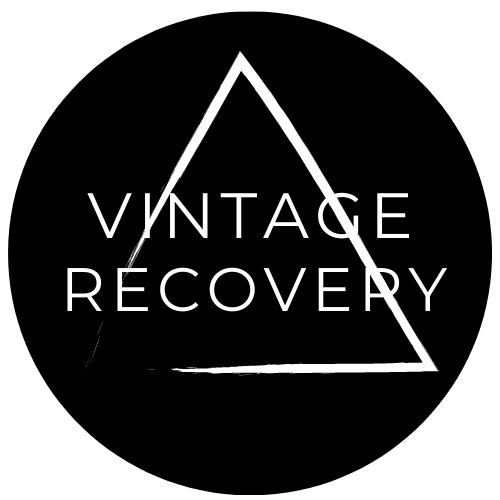
Can Returning Clothes Ever Be Sustainable?
Share
In our era of fast fashion and online shopping, the act of returning clothes has become commonplace. Whether it's due to sizing issues, dissatisfaction with the product, or simply changing one's mind, returning clothes has become an integral part of the modern shopping experience. But as conversations around sustainability intensify, one question looms large: Can returning clothes ever be sustainable?
At first glance, the concept of returning clothes seems to clash with sustainability efforts. After all, each returned item requires additional transportation, packaging, and processing, contributing to carbon emissions and waste generation. Moreover, returned items often end up unsold or discarded, adding to the burden on our planet's resources.
However, delving deeper reveals a more nuanced picture. While returning clothes certainly poses environmental challenges, there are potential avenues for making the process more sustainable.
1. Mindful Consumption:
The first step towards sustainable returns lies in promoting mindful consumption. Encouraging customers to make informed decisions before purchasing can significantly reduce the frequency of returns. Providing detailed product descriptions, accurate sizing guides, and customer reviews can help shoppers make choices aligned with their preferences and needs, thereby minimising the likelihood of returns.
2. Efficient Reverse Logistics:
Efficient reverse logistics can play a pivotal role in mitigating the environmental impact of returns. Consolidating returns, optimising transportation, and utilising eco-friendly packaging materials can help reduce emissions and waste associated with the return process. Additionally, investing in innovative technologies such as blockchain and RFID tracking can enhance visibility and traceability, enabling more efficient handling of returned items.
3. Circular Solutions:
Embracing circularity offers a promising pathway towards sustainable returns. Instead of treating returned items as mere waste, adopting circular business models like resale, rental, and refurbishment can extend the lifespan of products, minimise resource consumption, and reduce waste generation. By facilitating the resale or rental of returned items, retailers can create secondary markets that promote sustainability while catering to evolving consumer preferences.
4. Education and Awareness:
Educating consumers about the environmental impact of returns and empowering them to make eco-conscious choices can foster a culture of sustainability. Providing information on alternative disposal methods, such as donation or recycling, can encourage responsible consumption practices and minimise the environmental footprint of returns.
5. Collaboration Across the Supply Chain:
Achieving sustainability in returns requires collaboration across the entire supply chain. From manufacturers and retailers to logistics providers and consumers, stakeholders must work together to develop holistic solutions that prioritise environmental stewardship. By fostering partnerships and sharing best practices, the industry can collectively address the challenges associated with returns and drive positive change.
In conclusion, while returning clothes presents environmental challenges, it also presents opportunities for innovation and progress towards sustainability. By promoting mindful consumption, optimising reverse logistics, embracing circular solutions, educating consumers, and fostering collaboration, we can transform returns into a force for good in the journey towards a more sustainable future. As consumers and industry stakeholders alike increasingly prioritise environmental responsibility, rethinking returns becomes not only a question but also an imperative for creating a more sustainable fashion ecosystem.
